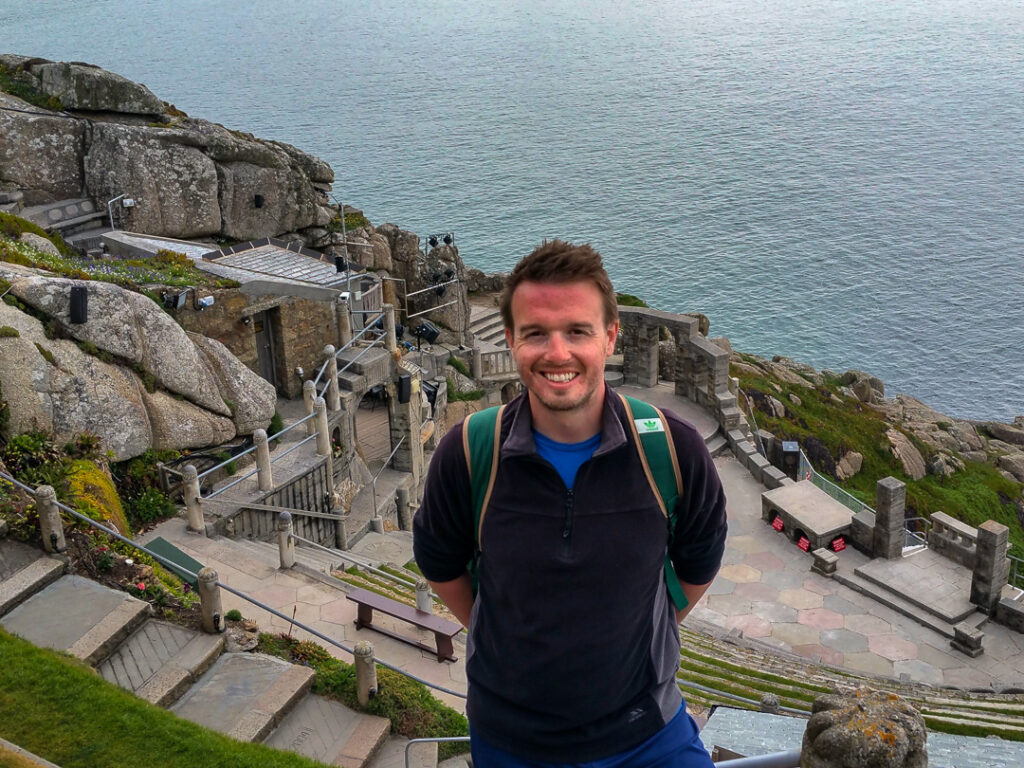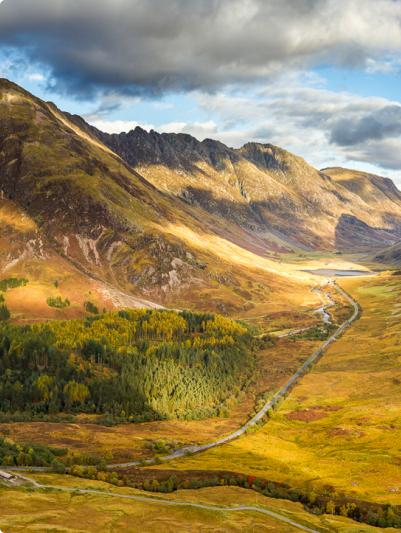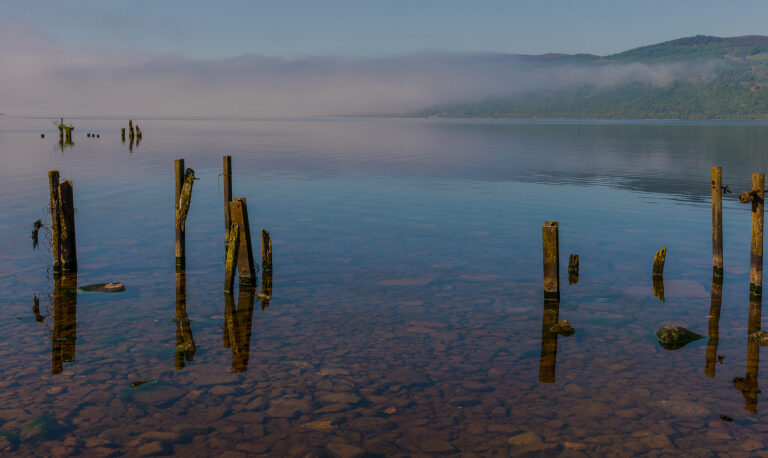A South West Coast Path Adventure from Padstow to Penzance
In a country full of epic walking trails, the longest of them all – the South West Coast Path – runs for 631 miles from Minehead in Somerset to Poole in Dorset.
Unless you’re feeling energetic enough to tackle it all in one go – and climbing four times the height of Mount Everest in the process – we recommend the section between Padstow and Penzance as one of the finest parts of the entire trail and, indeed, one of the most wonderful stretches of coastal walking anywhere in the world.

The ancient Celtic kingdom of Cornwall has a long history of mining, fishing, and smuggling – industries that have since faded away as the region has reinvented itself as one of the most creative corners of the country. Art galleries, museums and superb restaurants sit alongside breathtaking beaches and a coastline to rival anywhere in the world.
I was lucky enough to walk from Padstow to Penzance during a wonderful week in May, and these are my highlights …
Padstow – A Foodie’s Paradise
Far from somewhere to bunk down for the night before beginning your walk, Padstow is one of the highlights of the entire trail. This bustling harbour town has gained an excellent culinary reputation thanks to celebrity chef Rick Stein and his Seafood Restaurant, but he is no longer the only chef making a name for himself in town – Paul Ainsworth at Number 6 has also gained a Michelin star.
If you’d prefer a more relaxed dining experience – Padstow’s fish and chip shops serve some of freshest fare in the country.

Breathtaking Beaches
As one of the world’s top surfing destinations, Cornwall’s beaches can be a playground for thousands of enthusiasts searching for their next big wave.
If surfing isn’t your thing, the joy of the coastal path is that a few miles on you’ll find a gorgeous, secluded bay without another person in sight – such as Porthcurno Beach below.

St Ives – A Cultural Treasure
Situated halfway between Padstow and Penzance – St Ives is an ideal place for a rest day. The town is a dreamy maze of cobbled alleyways, fishermen’s cottages, historic pubs, and some of the best art galleries in the country.
St Ives artistic connection started with J. M. W. Turner who came here in the mid-1800s, and ever since the town has been a magnet for painters and sculptors inspired by the beautiful surroundings.
You can soak up some culture at one of only four Tate Galleries in the world, as well as the Barbara Hepworth Museum & Sculpture Garden.

Go West to Land’s End
Land’s End is the most westerly point of the English mainland and the closest point to North America. After the peace and tranquillity of the coastal path, the crowds here can come as a shock. It’s popular with coach tours and dodging ‘selfie sticks’ comes with the territory!
That being said, it’s worth lingering here longer than to take an obligatory photo. The Wildlife Discovery Centre has telescopes to help you identify the local sealife (look out for basking sharks and dolphins), and views out to the distant Scilly Isles are spectacular.

Cornish Mining – a UNESCO World Heritage Site
Cornwall’s history as a mining area dates back to the Bronze Age and excavations of Greek and Roman pottery suggest that, even thousands of years ago, the area was an important trading destination for tin. The last mine closed in 1998 and the area is now a UNESCO World Heritage Site.
Remnants of the mining industry dot the landscape and provide a striking contrast to the beautiful coastal scenery, while the Geevor Tin Mine has been transformed into an award-winning museum which offers a fascinating glimpse into the past.

The Minack Theatre
This breathtaking open-air theatre was carved into a cliff beside Porthcurno Beach in the 1930s. The story of its creation revolves around the sheer determination of one woman – Rowena Cade, who built much of it with her own bare hands.
Watching a play while overlooking the Atlantic Ocean is truly an unforgettable experience. The Minack Theatre has to be seen to be believed!

If the South West Coast Path is one of Britain’s treasures, the stretch between Padstow and Penzance might just be the diamond in the crown …
Scott Smyth
P.S. Book your walking holiday on the South West Coast Path now and discover this wonderful coastline for yourself.



